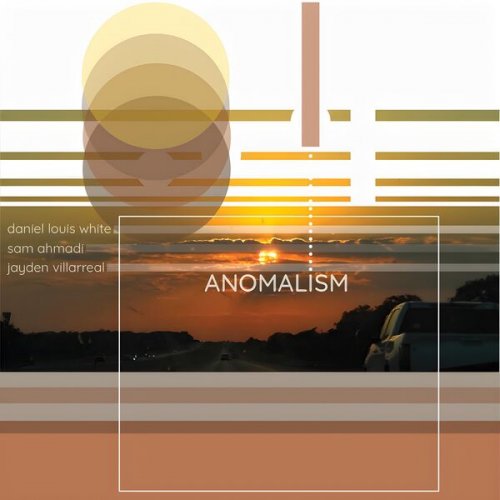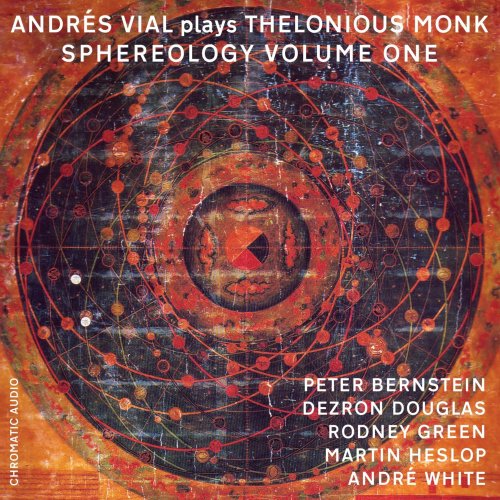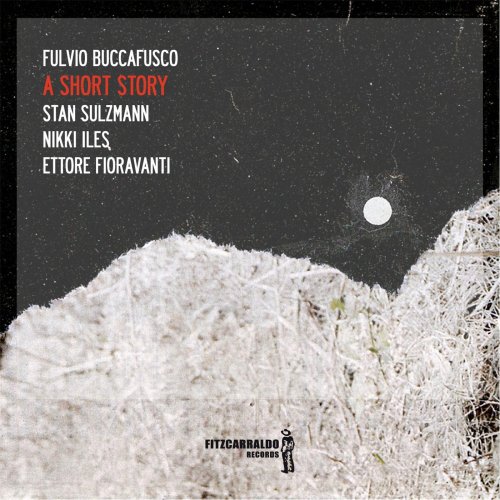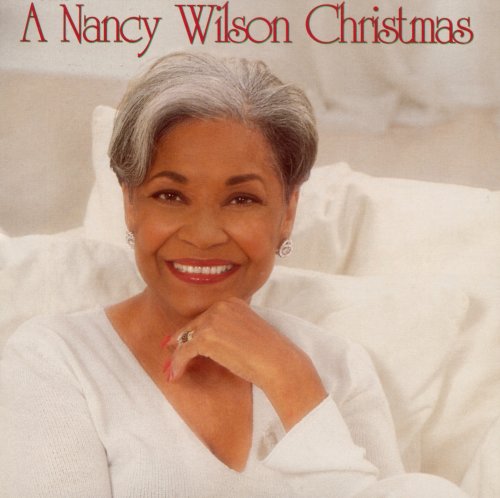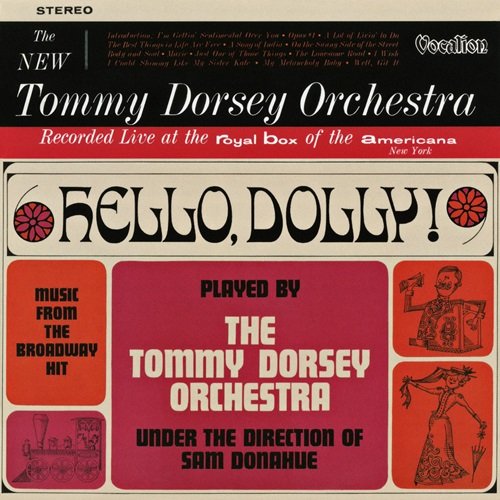Alfred Cortot, Orquesta Sinfonica de Madrid & José Antonio Rodriguez - Les musiques de Picasso (2014)
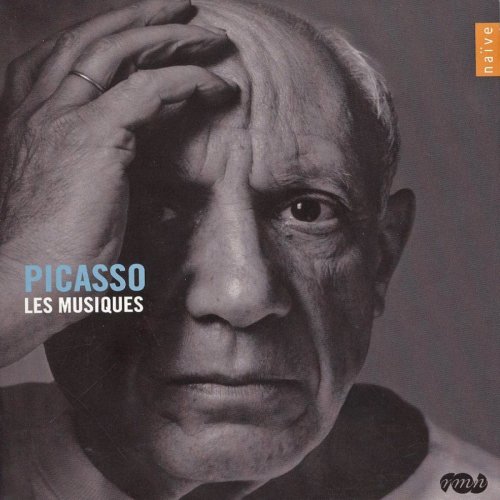
Artist: Alfred Cortot, Orquesta Sinfonica de Madrid, José Antonio Rodriguez
Title: Les musiques de Picasso
Year Of Release: 2014
Label: naïve classique
Genre: Classical
Quality: FLAC (tracks)
Total Time: 2:09:02
Total Size: 508 MB
WebSite: Album Preview
Tracklist:Title: Les musiques de Picasso
Year Of Release: 2014
Label: naïve classique
Genre: Classical
Quality: FLAC (tracks)
Total Time: 2:09:02
Total Size: 508 MB
WebSite: Album Preview
01. Suite espagnole for Piano, Op. 47: No. 5, Asturias (Leyenda)
02. Buleria II
03. 6 Gnossiennes, for Piano: No. 1 in F Minor, Lent
04. 6 Gnossiennes, for Piano: No. 3 in A Minor, Lent
05. El Sombrero de tres picos: Introduction. Allegro ma non troppo - Come primo
06. El Sombrero de tres picos: Afternoon. Allegretto mosso - Moderato - Furioso ma in Tempo
07. El Sombrero de tres picos: Dance of the Miller's Wife. Fandango
08. Song "Que no vienne"
09. Cançó i Dansa No. 6 in E-Flat Minor for Piano (Cantabile espressivo - Ritmado)
10. Pulcinella: No. 1, Overture. Allegro moderato
11. Pulcinella: No. 2, Serenata with Tenor Voice. Larghetto "Mentre l'erbetta"
12. Pulcinella: No. 3, Scherzino. Allegro
13. Pulcinella: No. 4, Allegro
14. Pulcinella: No. 5, Andantino
15. Pulcinella: No. 6, Allegro
16. Goyescas, H. 65, Tableau I, Scene 4: Intermezzo (Arr. for Cello and Piano: Gaspar Cassadó)
17. 12 Spanish Dances for Piano, Op. 37: No. 5 in E Minor, Andantino quasi allegretto, "Andaluza"
18. Song "Vamonos pa sevilla"
19. Piano Concerto for the Left Hand in D Major, M. 82: I. Lento - Più lento - Andante
20. Piano Concerto for the Left Hand in D Major, M. 82: II. Allegro
21. Piano Concerto for the Left Hand in D Major, M. 82: III. Lento - Cadenza - Allegro
22. Song "Buleria de la raza vieja"
23. Goyescas, H. 65, Tableau II, Scene 7: El Fandango
24. Mercure: Marche-Ouverture
25. Mercure, Premier Tableau: I. La Nuit
26. Mercure, Premier Tableau: II. Danse de tendresse - Apollon & Vénus
27. Mercure, Premier Tableau: III. Signes du Zodiaque
28. Mercure, Premier Tableau: IV. Entrée et danse de Mercure
29. Mercure, Deuxième Tableau: I. Danse des Grâces
30. Mercure, Deuxième Tableau: II. Bain des Grâces
31. Mercure, Deuxième Tableau: III. Fuite de Mercure
32. Mercure, Deuxième Tableau: IV. Colère de Cerbère
33. Mercure, Troisième Tableau: I. Polka des lettres
34. Mercure, Troisième Tableau: II. Nouvelle danse
35. Mercure, Troisième Tableau: III. Le Chaos
36. Mercure, Troisième Tableau: IV. Finale. Rapt de Proserpine
37. 3 Gymnopédies, for Piano: No. 1 in D Major/Minor, Lent et douloureux
38. 3 Gymnopédies, for Piano: No. 2 in C Major, Lent et triste
39. 3 Gymnopédies, for Piano: No. 3 in A Minor, Lent et grave
40. Parade: Choral - Prélude du Rideau rouge - Prestidigitateur chinois
41. Parade: Petite fille américaine - Rag-Time du paquebot
42. Parade: Acrobates - Suite au Prélude du Rideau rouge
43. L' histoire du soldat: No. 4, Tango
44. L' histoire du soldat: No. 5, Valse
45. L' histoire du soldat: No. 6, Ragtime
46. Chanson for Voice & Guitar "Seloa por Buleria"
Pianist Alfred Denis Cortot's father was French and his mother Swiss. He studied at the Paris Conservatory with Decambes and others, winning first prize in piano in 1896. He made his debut the same year in Beethoven's Third Piano Concerto. Soon he became widely acclaimed as a performer of Beethoven concertos, appearing as a soloist in two prominent Parisian concert series. In 1898 he went to Bayreuth to study Wagner's music and was hired as a choral coach and then as an assistant conductor. Cortot brought Wagner to Paris, leading the first Paris performance of Götterdämmerung (May 1902), and a remarkable performance of Tristan und Isolde the next month. Also in 1902 he established his own concert series, the Association des Concerts A. Cortot. Although it lasted only two years, it did a lot towards breaking down the conservative French resistance to Wagner, particularly with a concert performance of Parsifal, and even the first French performances of Beethoven's Missa Solemnis and Brahms' Requiem. He also served contemporary French music by premiering works of Roussel, Magnard, and others.
In 1904 he became the conductor of the Concerts Populaires at Lille, and the following year he joined with cellist Pablo Casals and violinist Jacques Thibaud to form one of the greatest of permanently established piano trios, one which became a model of its type, touring frequently. This drew him back to the piano, which he had never given up despite his fame as a conductor. In 1907 he joined the faculty of the Paris Conservatory, teaching piano, but remained very active as a piano soloist and chamber music player. He gave up that position in 1917, feeling that his busy concert schedule had made it impossible to devote sufficient uninterrupted periods to teaching. In 1919 he founded the Ecole Normale de Musique, assembling a faculty of famous musicians. As the director, he taught a summer course in interpretation, which became famous. He continued a career performing piano around the world, including lecture recitals, and also guest conducted many orchestras. He also continued to premiere new French piano music. Cortot was a skillful and scholarly editor of great piano music, famous for his editions of most of Chopin's piano music. Cortot's teacher was a student of Chopin, and the grace of his Chopin performances, especially, remains breathtaking and should be recommended to all students of the piano; he also had a remarkable way with the music of Robert Schumann.
In 1943 Cortot founded the Chamber Music Society of the Paris Conservatory Concerts. However, his admiration for German culture served him ill when Germany occupied France between from 1940 to 1944, and he appeared to cooperate with them willingly. This led to his being shunned after the war both in France and elsewhere. By the time he returned to the concert stage, some years later, it was clear that his memory was failing. His main legacy remains in the records he made in the 1920s and 1930s. In addition, he was an avid collector and amassed, among other items, a large quantity of autograph scores and printed music. After his death, this collection was divided among several important libraries and universities; it remains an interesting view into the mind of a musician who was both a living link to Romantic Paris and a key figure of the twentieth century. ~ Joseph Stevenson
In 1904 he became the conductor of the Concerts Populaires at Lille, and the following year he joined with cellist Pablo Casals and violinist Jacques Thibaud to form one of the greatest of permanently established piano trios, one which became a model of its type, touring frequently. This drew him back to the piano, which he had never given up despite his fame as a conductor. In 1907 he joined the faculty of the Paris Conservatory, teaching piano, but remained very active as a piano soloist and chamber music player. He gave up that position in 1917, feeling that his busy concert schedule had made it impossible to devote sufficient uninterrupted periods to teaching. In 1919 he founded the Ecole Normale de Musique, assembling a faculty of famous musicians. As the director, he taught a summer course in interpretation, which became famous. He continued a career performing piano around the world, including lecture recitals, and also guest conducted many orchestras. He also continued to premiere new French piano music. Cortot was a skillful and scholarly editor of great piano music, famous for his editions of most of Chopin's piano music. Cortot's teacher was a student of Chopin, and the grace of his Chopin performances, especially, remains breathtaking and should be recommended to all students of the piano; he also had a remarkable way with the music of Robert Schumann.
In 1943 Cortot founded the Chamber Music Society of the Paris Conservatory Concerts. However, his admiration for German culture served him ill when Germany occupied France between from 1940 to 1944, and he appeared to cooperate with them willingly. This led to his being shunned after the war both in France and elsewhere. By the time he returned to the concert stage, some years later, it was clear that his memory was failing. His main legacy remains in the records he made in the 1920s and 1930s. In addition, he was an avid collector and amassed, among other items, a large quantity of autograph scores and printed music. After his death, this collection was divided among several important libraries and universities; it remains an interesting view into the mind of a musician who was both a living link to Romantic Paris and a key figure of the twentieth century. ~ Joseph Stevenson
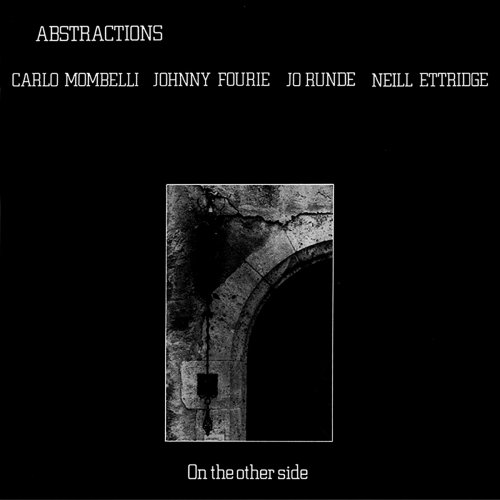

![The Ray Conniff Singers - Christmas With Conniff (1959) [Hi-Res] The Ray Conniff Singers - Christmas With Conniff (1959) [Hi-Res]](https://img.israbox.com/img/2025-12/22/w61i7ykfwmkn3wgh8p5soibu1.jpg)
